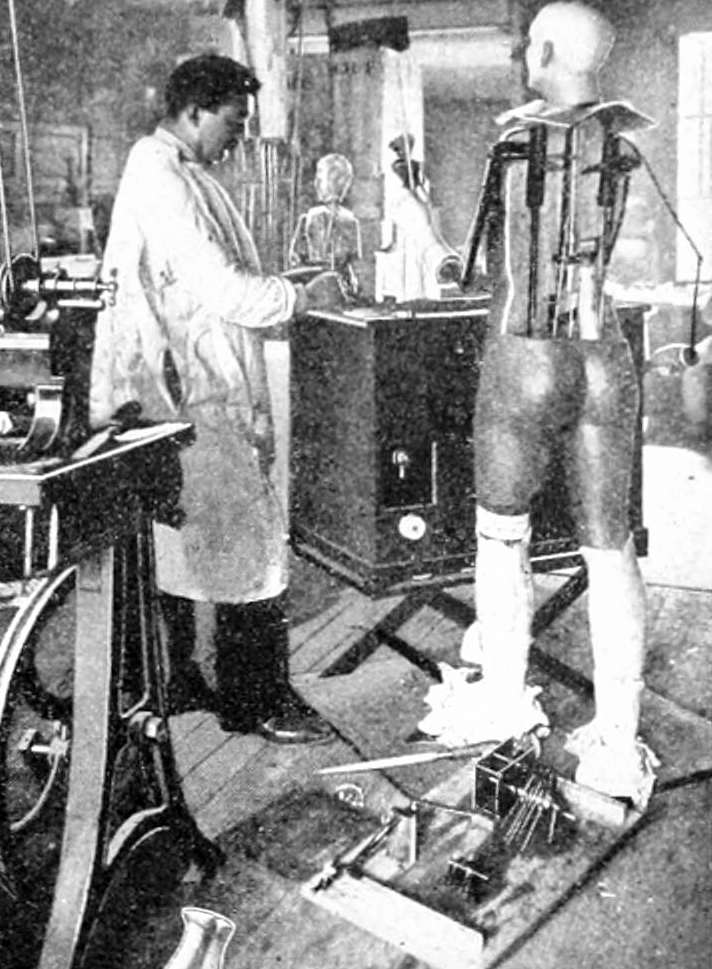Community
Engineering, maintaining, organizing, engineering oxytocin and dopamine…
2020-02-02 — 2025-12-23
Wherein the mechanics of building local, replicating communities are described, and onboarding rituals such as welcome invites and editing‑feedback loops are shown to generate initial member engagement.
How to build local community, whatever that is. For the moment, I’m more interested in a subset of this question: designing movements that create replicating communities with an end goal.
Flagship community-building consultancy People and Company has a lot to say. I haven’t read enough of their material to judge how evidence-based it is, but they certainly pitch well. See the Get Together Book, podcast, resources site, and substack, which package community-building for the dotcom era. Their case study on substack is notable, especially since Substack ultimately bought People and Company.1
An infographic-friendly presentation is Nick DeWilde’s The Social Architecture of Impactful Communities.
To motivate initial interactions, you’ll want to design your community to incentivize members with their first hit of value soon after they sign up. This value should arrive in a form that fulfills whatever need caused them to join in the first place. For example, I recently joined a writing group called Compound that has a couple of great magic moments:
- When you initially join the Slack group, the founders invite you to introduce yourself and share your publication. This leads to warm welcomes, new Twitter followers, and newsletter subscribers (leveraging the dopamine hits that social platforms are good at delivering).
- During onboarding, the founders explain that the core activity of the group is editing. You post your work and get a bunch of insightful comments. The first time you post something to the group and end up with a Google doc full of insightful comments, you can feel the value that the community has to offer. When a community’s magic moment is effective, new members will crave more of this value. You want them to learn, early on, that the key to unlocking more value for themselves is to create it for others.
He also recommends:
- Buzzing Communities (Millington 2012)
- The Art of Gathering (Parker 2018) (everyone recommends this book)
- Get Together (Richardson, Huynh, and Sotto 2019)
- The Art of Community (Vogl 2016)
Fridays for Future has a political-action-driven set of resources.
Center for Scientific Collaboration and Community Engagement studies this stuff, e.g. Woodley and Pratt (2020).
They publish, e.g., Guides to community maintenance on Slack.
1 Asabiyyah
I need a word for the momentum and cohesiveness of a community. There are some such words:
a concept of social solidarity with an emphasis on unity, group consciousness, and a sense of shared purpose and social cohesion, originally used in the context of tribalism and clanism. In the modern period, it is generally analogous to solidarity.
See Asabiyyah (cf. Collective effervescence).
2 Simply getting people to events
See social calendar.
3 Governance
See community governance.
4 Incoming
5 References
Footnotes
For a critique of the limits of the Substack model, see How Substack Became Milquetoast.↩︎

